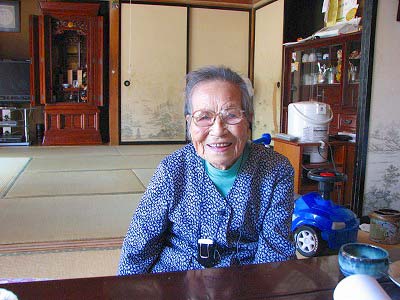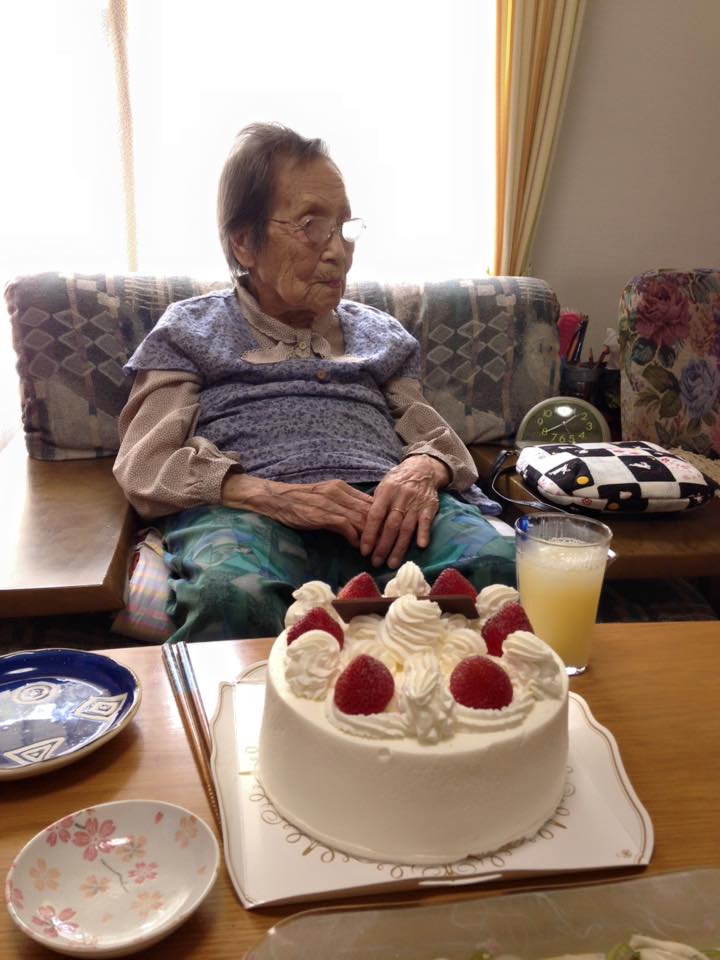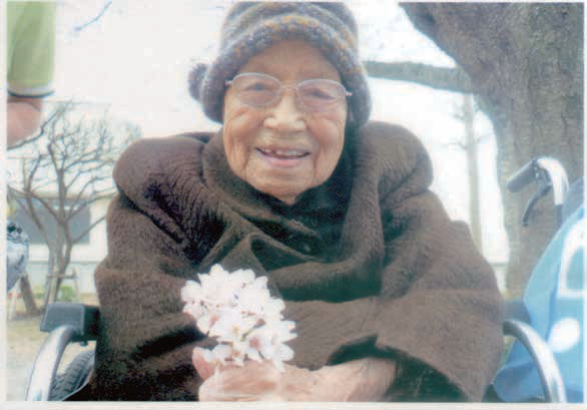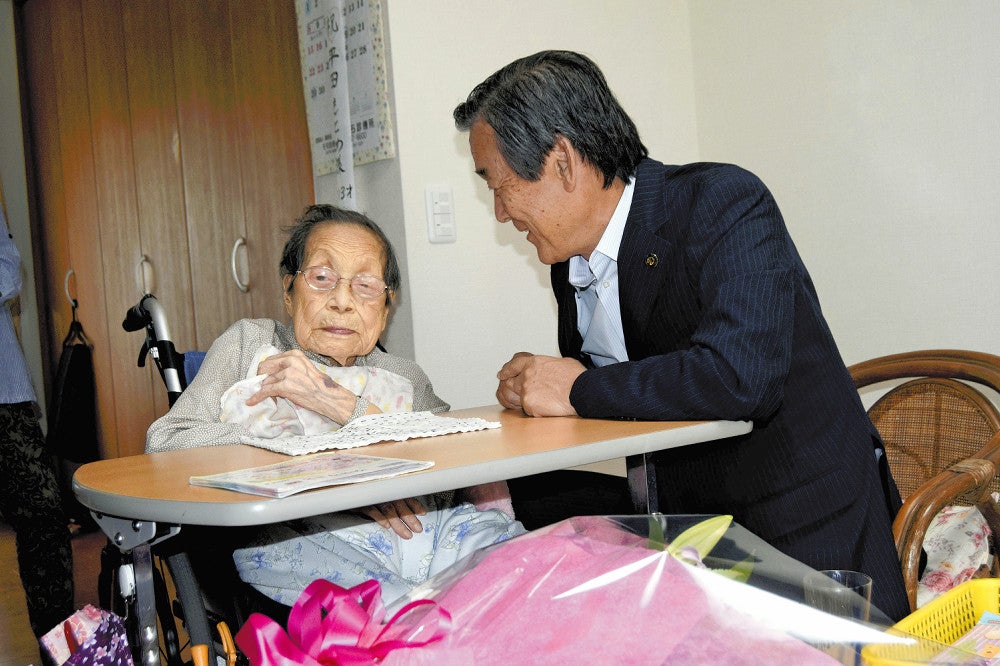BIOGRAPHY
Hirata was born on a farm in Ueda, located in central Japan’s Nagano Prefecture. Early in her life, she enjoyed drawing and writing haikus. She began working in agriculture at the age of 11. After her graduation, she started working in the fields, selling silk, and took up weavering and sewing.
At the age of 25, Hirata married into a family of silkworm breeders. She and her husband had six children – four sons and two daughters. During the Great Depression, she would work many hours to provide for her family, as raw silk prices plummeted. In her spare time, she would read tanka poetry.
During World War II, Hirata was a member of a local women’s association. The group made paper lanterns which were regularly used in morale-boosting parades. Her neighbour, a soldier, and his family committed suicide after the war’s end, which she described as “particularly sad”.
In her later years, Hirata moved from Nagano to Chiba. She participated in tanka poetry clubs and continued her passion for drawing. On her 103rd birthday in 2009, Hirata was asked the secret of her longevity, to which she responded that eating was important, but keeping active more so.
On 23 June 2018, aged 111, Hirata became the oldest living person in Chiba Prefecture following the death of 112-year-old Natsu Kazato of Chonan. She died on 6 December 2019 at the age of 113 years, 116 days. At the time, she had been living with her 74-year-old daughter. Katsuura’s Ine Kizu, aged 111, became Chiba’s oldest resident.
RECOGNITION
Hirata was first known to researchers in September 2018, when she was reported as the oldest living person in Chiba Prefecture.





